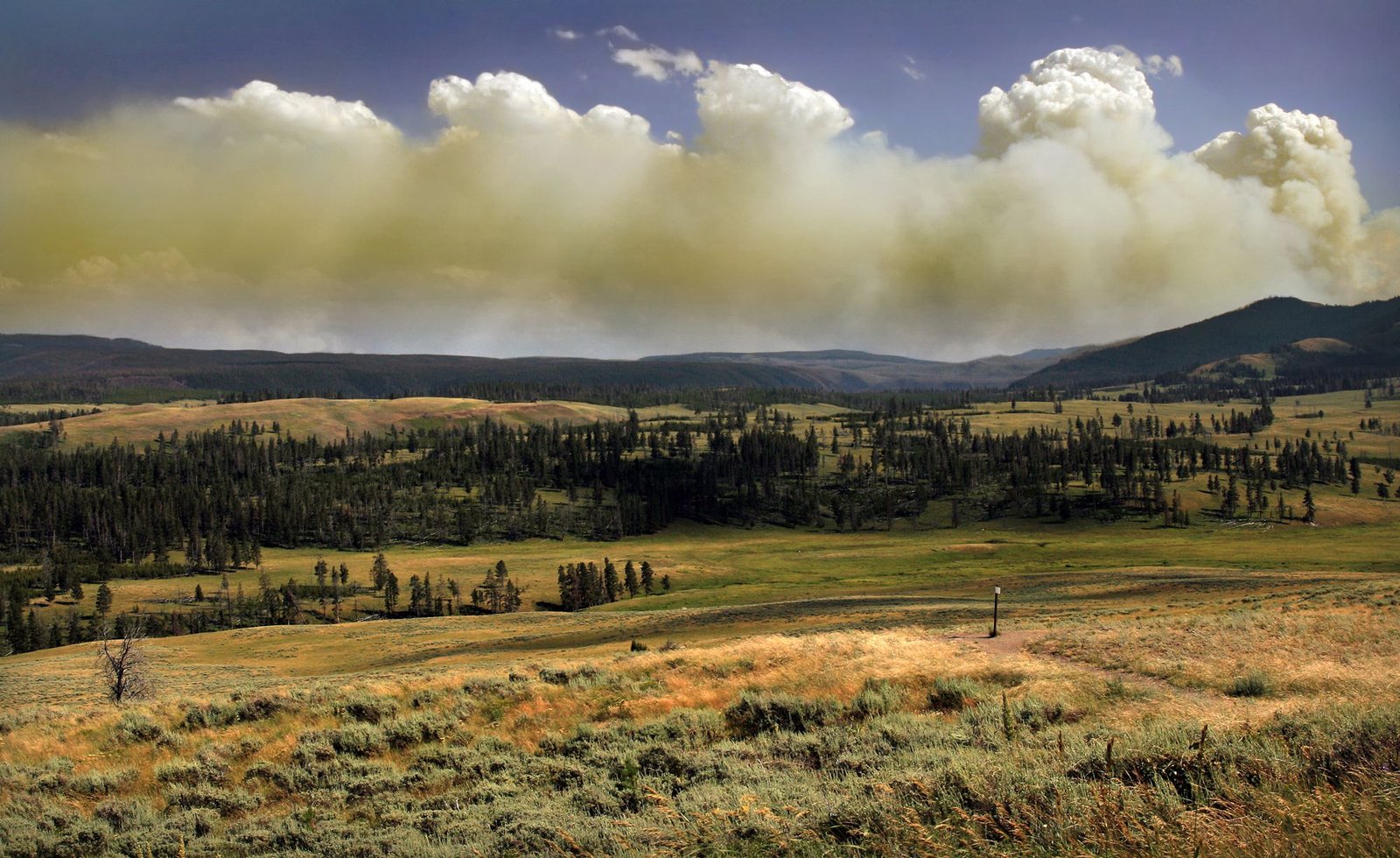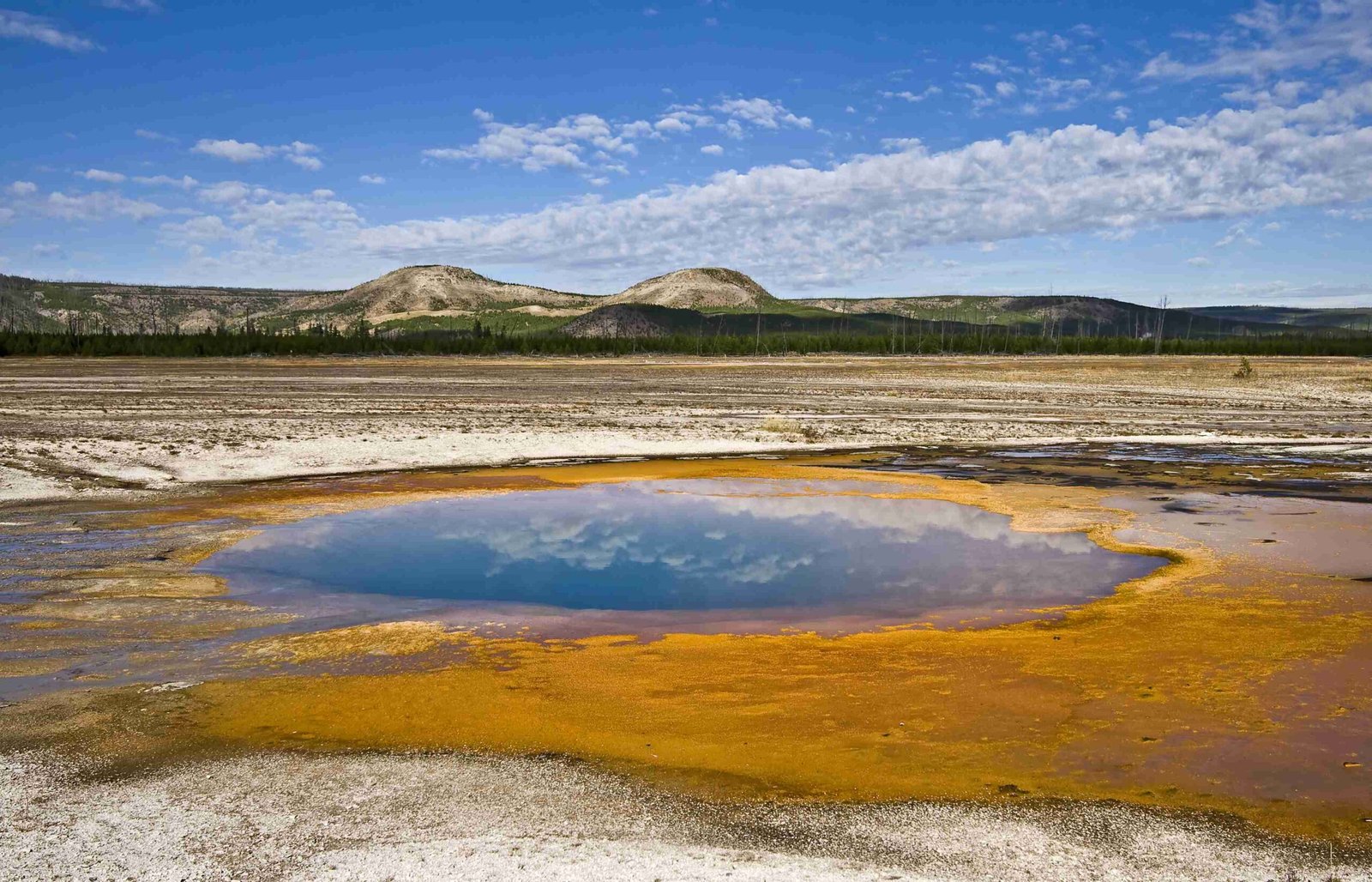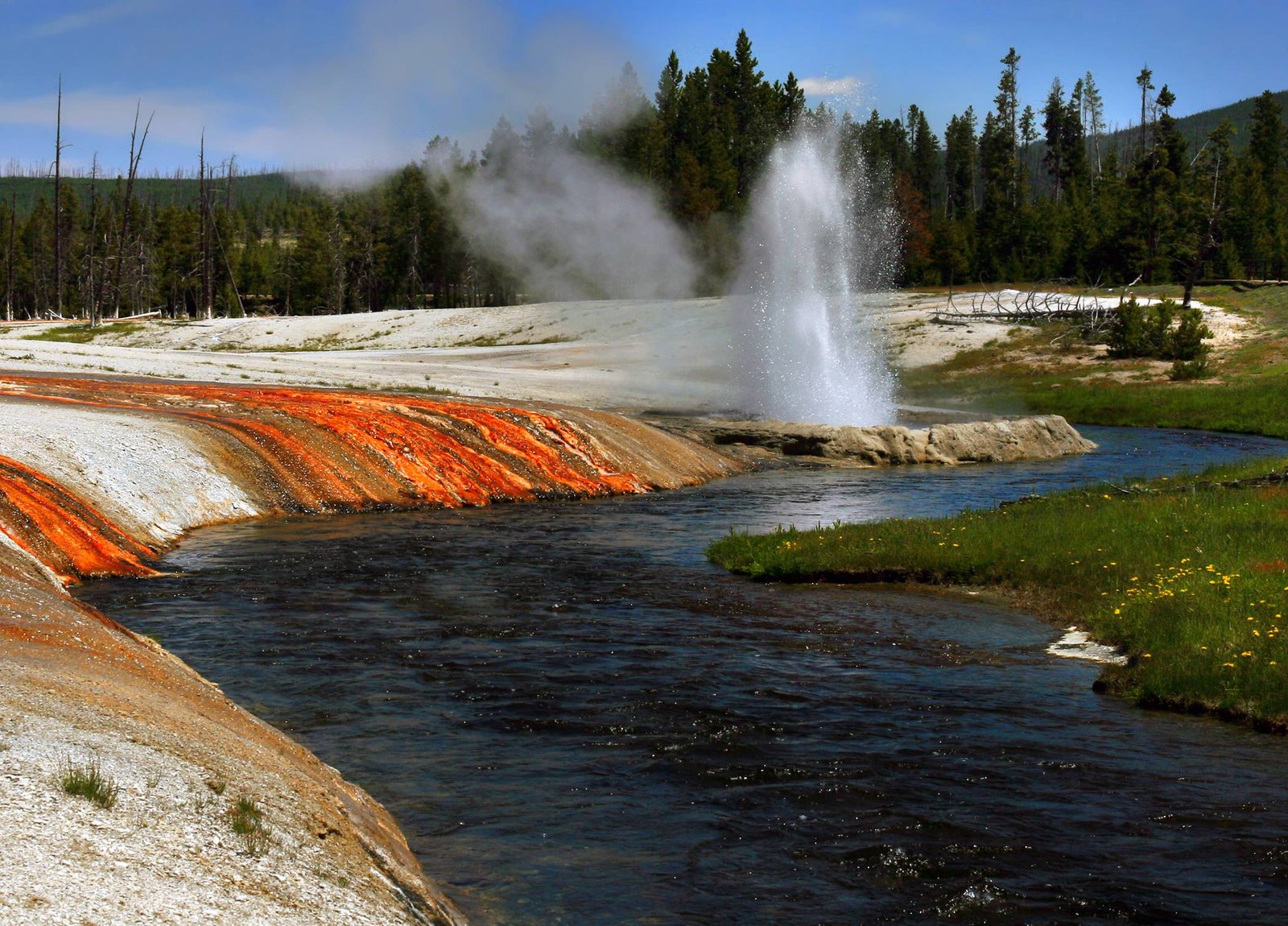Yellowstone National Park food storage regulations are crucial for visitor safety and wildlife protection. These rules require the use of approved hard-sided containers, proper food hanging techniques in the backcountry, and utilization of bear-proof storage boxes in frontcountry campgrounds. Strict adherence to these regulations is mandatory to prevent bear encounters and maintain the park’s ecological balance. Visitors must store all food, trash, and scented items securely when not in use.
What Are the Key Components of Yellowstone’s Food Storage Regulations?

Yellowstone National Park’s food storage regulations encompass several critical components:
- Use of approved containers
- Proper storage methods in backcountry and frontcountry areas
- Specific guidelines for food hanging and campsite setup
- Restrictions on items allowed in tents
- Availability and use of food storage facilities
Let’s delve deeper into each of these components to ensure a safe and compliant visit to Yellowstone.
Which Containers Are Approved for Food Storage in Yellowstone?

The park only allows hard-sided containers approved by the Interagency Grizzly Bear Committee (IGBC) for food storage. These include:
- Backpacking containers
- Small storage containers
- Panniers and boxes
- Coolers
It’s crucial to note that soft-sided containers, even if marketed as “bear-resistant,” are not permitted for food storage in Yellowstone.
How Should Food Be Stored in Yellowstone’s Backcountry?
When camping in Yellowstone’s backcountry, follow these food storage methods:
- Use IGBC-approved hard-sided containers
- Hang food from a food pole (if available):
- At least 10 feet from the ground
- 4 feet from any post or tree
- If no food pole is available, place containers on the ground at the base of the cooking area
- Utilize free bear canisters available at backcountry permitting locations
What Are the Food Storage Rules for Frontcountry Campgrounds?
In Yellowstone’s frontcountry campgrounds:
- Do not store food in IGBC-approved containers
- Use bear-proof food storage boxes provided at many campsites
- If no storage box is available, store food in a hard-sided vehicle with all windows closed
What Specific Guidelines Should Campers Follow for Food Storage?
Campers should adhere to these specific guidelines:
- Hang food at least 10 feet high and 4 feet from any post or tree
- Set up tents at least 100 yards upwind from cooking and eating areas
- Never store food, cooking utensils, or scented items in tents
- Keep clothes worn while cooking free of food smells
- Hang clothes with food odors in plastic bags if necessary
Where Can Visitors Find Food Storage Facilities in Yellowstone?
Food storage facilities are available throughout Yellowstone:
| Location | Facility Type |
|---|---|
| Backcountry Sites | Food poles for hanging food |
| Backcountry Permitting Locations | Free bear canisters |
| Frontcountry Campgrounds | Bear-proof food storage boxes |
What Are the Costs and Schedules for Food Storage in Yellowstone?
Good news for visitors: there are no additional costs associated with food storage in Yellowstone.
- Bear canisters: Available for free at backcountry permitting locations
- Bear-proof storage boxes: Provided at no cost in many frontcountry campsites
Remember to return bear canisters upon exiting the backcountry.
Why Are Food Storage Regulations So Important in Yellowstone?
The importance of food storage regulations in Yellowstone cannot be overstated:
- Protects visitors from potentially dangerous bear encounters
- Prevents bears from becoming food-conditioned
- Helps maintain the park’s ecological balance
- Ensures the long-term survival of Yellowstone’s bear population
Consider these statistics:
- The Greater Yellowstone region is home to approximately 700 grizzly bears
- Grizzly bears can consume up to 90 pounds of food daily during warm months
Proper food storage is critical in preventing human-bear conflicts and protecting both species.
What Are the Consequences of Non-Compliance with Food Storage Regulations?
Failure to comply with Yellowstone’s food storage regulations can result in:
- Citations from park rangers
- Confiscation of improperly stored items
- Increased risk of bear encounters
- Potential removal or euthanization of food-conditioned bears
It’s crucial to remember that these regulations are in place not only for visitor safety but also for the protection of Yellowstone’s wildlife.
How Can Visitors Prepare for Proper Food Storage Before Their Trip?
To ensure compliance with Yellowstone’s food storage regulations, visitors should:
- Research and purchase IGBC-approved containers before their trip
- Plan meals and pack food in appropriate containers
- Familiarize themselves with proper food hanging techniques
- Learn about the locations of food storage facilities in their planned camping areas
- Consider obtaining free bear canisters for backcountry trips
By preparing in advance, visitors can contribute to a safe and enjoyable experience for themselves and help protect Yellowstone’s unique ecosystem.
Remember, proper food storage is not just a regulation – it’s a responsibility we all share in preserving Yellowstone National Park for future generations.

